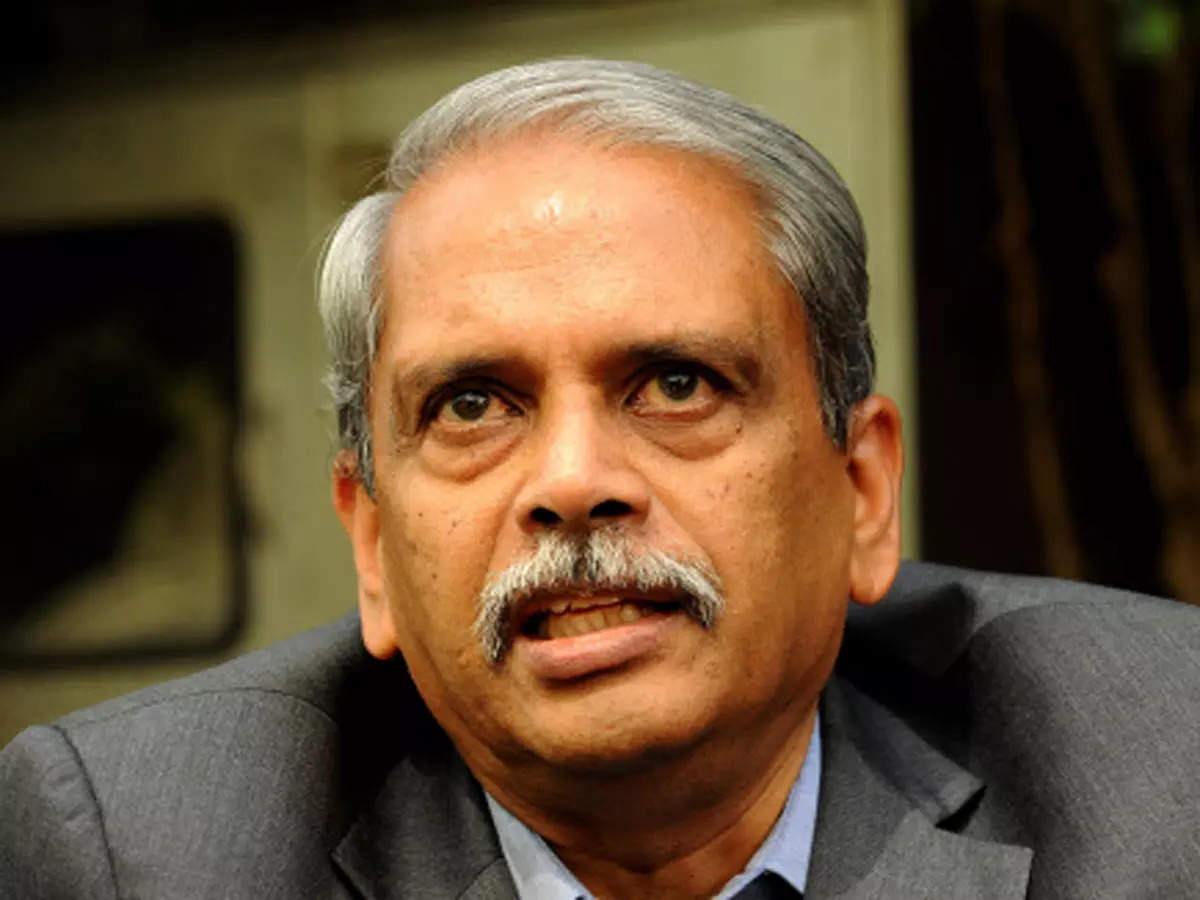Explaining what can be achieved through this, Gopalakrishnan said: “You can now bring two entities together, industry and academia, and they can walk to their lab. Students can walk in, apprenticeships are possible, internships are possible. So, we need to engineer these things.” Giving examples of such ecosystems in Stanford, Boston, he suggested they be created in Indian academia as well.
He said the role of R&D in services firms is very different from that in product organisations. “The role of R&D in services firms is to create tools for in-house use. The role of R&D is to come up with new services. For example, tools for training, tools for data modernisation, and preparing data for training a model, and tools for testing that training model. So, R&D does happen in services organizations, but then it gets embedded within the service. You don’t separately price that. You price the services, and these allow you to increase the productivity in the services business.”
In the services industry, the R&D focus is on tools, techniques, technology, and the business model. “For products, it is very different — you invest in abstract, you take huge risk, you don’t have any product, you’re supposed to succeed, and there’s a marketing process which is significantly higher.”
He explained that the primary source of funding for educational institutions is the government, but the funding is insufficient for high-value research in India. “Why do you assume that every single R&D project will succeed, when you know that every startup is not going to succeed? In India, unfortunately, the freedom to fail in research is not there.”




![[CITYPNG.COM]White Google Play PlayStore Logo – 1500×1500](https://startupnews.fyi/wp-content/uploads/2025/08/CITYPNG.COMWhite-Google-Play-PlayStore-Logo-1500x1500-1-630x630.png)